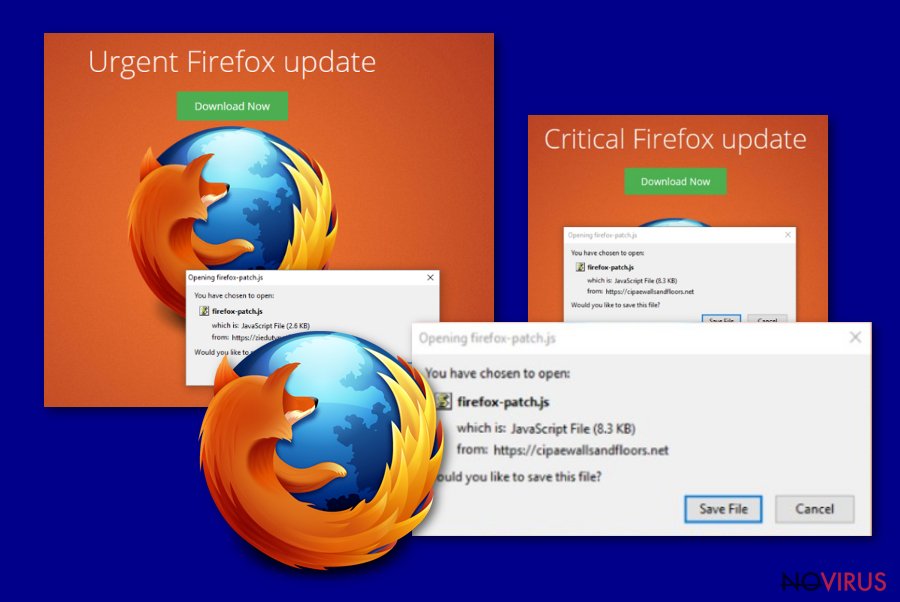

You can open the command line interface by pressing Shift+F2.īut first, let's describe the syntax rules that apply for all options. This page describes the commonly used options and how to use them. You can also control how Mozilla applications open, which components open initially, and what the components do when they open. For example, if you have multiple profiles you can use command line configuration options to bypass the Profile Manager and open a specific profile.

1.3.3 -CreateProfile "profile_name profile_dir"Ĭommand line options are used to specify various startup options for Mozilla applications.CentOS 6.9 (RHEL 6.9 is in beta already upstream) will be the first version in Production Phase 2 which only lasts for 1 year before it too goes into Production Phase 3 (where el5 has been for the last 3 years) and will be getting critical security updates only.ĬentOS 5 already has numerous unfixed security vulnerabilities of less than a critical nature. CentOS 6.8 was billed as being the last "feature" release where new features were added. If you are aiming to migrate, personally I would invest a small amount more effort into going straight to CentOS 7. However you do it, this still will not address the elephant in the room which is that there will be no more security updates for the rest of the operating system so your plan is fine until the first serious security flaw surfaces in some other component. Whether that will continue to build for CentOS 5 is another question.

Mozilla offer a precompiled tarball version but I have no idea if that will operate on CentOS 5.Īt the present time, I do know that the firefox SRPM is common across all 3 CentOS versions and it might be possible to download the SRPM for newer CentOS 6 or 7 versions and build that using mock for CentOS 5.


 0 kommentar(er)
0 kommentar(er)
